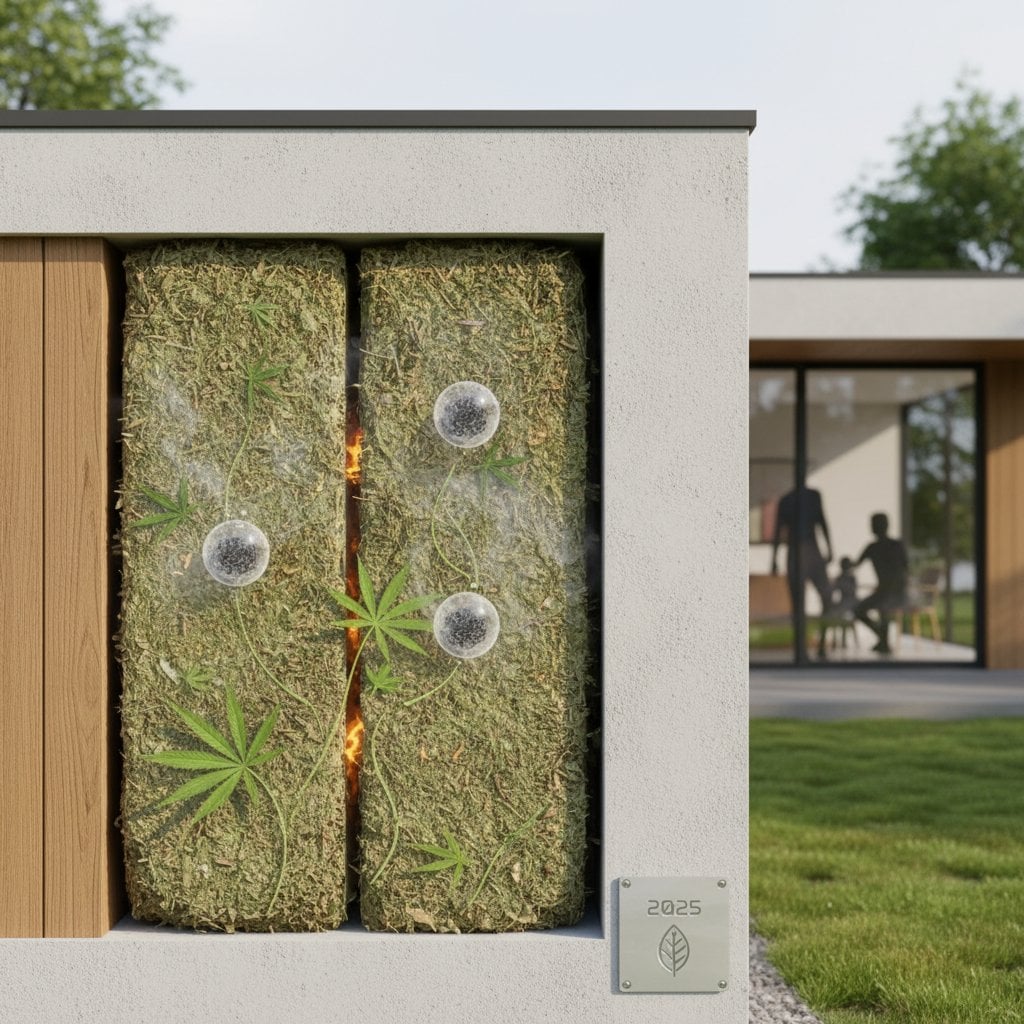Key Benefits of the Switch
- Electric appliances can lower energy bills by 15 to 40 percent, based on usage patterns and regional electricity rates.
- Induction cooking provides rapid heating, precise control, and superior indoor air quality over gas stoves.
- Full-home electrification enhances property value, builds resilience, and minimizes ongoing maintenance expenses.
- Government rebates, tax credits, and financing programs reduce upfront costs, broadening access for various income levels.
The Shift to Electric: Motivations for Homeowners
Imagine a kitchen alive with activity, warmed by efficient appliances that operate silently instead of the constant noise of gas burners. Nationwide, homeowners replace gas stoves, furnaces, and water heaters with electric options that prioritize cleanliness, quiet performance, and superior efficiency. This transition stems from recognition that daily energy decisions influence personal finances and planetary health.
Gas appliances long represented progress through quick ignition and dependable output. However, rising energy costs and advancing technology position electric solutions as the superior choice for enduring value. Practical advantages now outweigh environmental concerns alone, delivering clear economic gains and elevated living standards.
Costs and Returns: A Clear Financial Picture
Electrification requires careful planning, as initial expenses differ by project scale and home setup. Swapping a gas stove for an induction unit typically costs $500 to $2,000, including installation. Comprehensive conversions, which may involve panel upgrades or rewiring, often total $10,000 to $30,000.
Savings quickly offset these investments. Heat pumps reduce heating and cooling costs by as much as 40 percent versus traditional gas furnaces. Induction cooktops consume 10 to 20 percent less energy than gas models, while heat pump water heaters achieve efficiencies up to 300 percent. Over the appliance lifecycle, payback periods range from five to ten years, influenced by local utility rates and rebates.
Weighing Immediate Expenses Against Future Savings
Detailed breakdowns reveal the true value:
- Initial Outlays: Cover appliance costs, labor, and any electrical modifications.
- Ongoing Benefits: Include reduced monthly utilities and fewer repair needs.
- Enduring Advantages: Encompass higher resale prices and protection from fuel price swings.
For long-term residents, the economic rationale strengthens considerably. Prospective buyers prioritize homes with efficient electric features, leading to quicker sales and premium pricing in sustainability-focused markets, according to real estate experts.
Health Gains and Enhanced Comfort
Beyond finances, health improvements and comfort levels often tip the scales. Gas combustion emits nitrogen dioxide and fine particles that compromise indoor air. Studies connect these emissions to respiratory issues, particularly in young children. Electric and induction alternatives eliminate such risks, fostering fresher air and a more pleasant home atmosphere.
Induction surfaces heat pots directly for swift boiling and exact temperature settings, without warming the room. Kitchens stay cooler during summer cooking, and energy use remains optimized throughout the year. Safety improves as surfaces cool rapidly after use, minimizing burns, while flat designs ease cleanup.
Efficiency and Sustainability Impacts
Electric technologies transform energy into heat or work with greater precision than gas methods. Heat pumps transfer existing heat rather than produce it, yielding two to three times the efficiency of combustion systems. Paired with solar or wind power, these setups drastically lower household emissions.
On a larger scale, decreased fossil fuel dependence aids energy grid stability and regional air purity. Individually, benefits include lower pollution output, reduced noise, and extended equipment durability.
Standards for Reliable Performance
Select appliances certified by ENERGY STAR for proven efficiency. AHRI ratings offer benchmarks for heating, cooling, and cooking performance, guiding choices toward maximum savings.
Addressing Challenges: Upgrades and Support Programs
Infrastructure poses the primary hurdle, especially in older properties needing panel or circuit enhancements to support increased demand. These improvements, though costly, update systems for safety and readiness for additions like solar panels or batteries.
Support mechanisms abound through rebates, low-interest loans, and federal tax credits that cover significant portions of expenses. Utility companies provide time-of-use rates, encouraging off-peak usage to further trim bills.
Effective Approaches to Funding
Strategic planning eases the process:
- Gradual Implementation: Target the oldest or least efficient gas unit first, then proceed step by step.
- Combined Initiatives: Pair appliance swaps with insulation upgrades to qualify for larger incentives.
- Accessible Loans: Utilize eco-friendly financing to distribute payments over months or years.
Treating electrification as phased investments allows budget control while securing substantial efficiency improvements.
Aesthetic and Practical Design Shifts
Electric innovations extend to aesthetics, enabling streamlined induction surfaces that integrate flush with counters. Lighter ventilation needs create open, serene kitchen layouts without overpowering hoods. Eliminating flames lessens demands for specialized materials, opening creative options for renovations or builds.
System-wide, electric setups demand less upkeep due to simpler mechanics, cutting service frequency and prolonging service life. Busy households gain reliability, reducing disruptions and overall expenses.
Tailoring to Local Conditions
Climate and location shape electrification outcomes. Cold-weather heat pumps sustain warmth in sub-zero conditions through advanced designs. In hot areas, they deliver effective cooling with air purification. Proper selection and installation ensure adaptability across regions.
Factor in local regulations, electricity pricing, and grid reliability during planning. Engage certified contractors with expertise in electrical, HVAC, and appliance integration for code compliance and peak results.
Steps to Electrify Your Home
- Inventory Existing Equipment: Pinpoint gas appliances approaching replacement age.
- Inspect Electrical Setup: Consult an electrician to assess panel and wiring capacity.
- Identify Available Aid: Review local rebates, credits, and loan options.
- Select Priority Areas: Focus on impactful changes, such as HVAC or water heating.
- Incorporate Future-Proofing: Align upgrades with plans for renewables or storage.
Electrification elevates daily life through purer air, silent efficiency, and cost reductions, while advancing sustainable energy practices.









